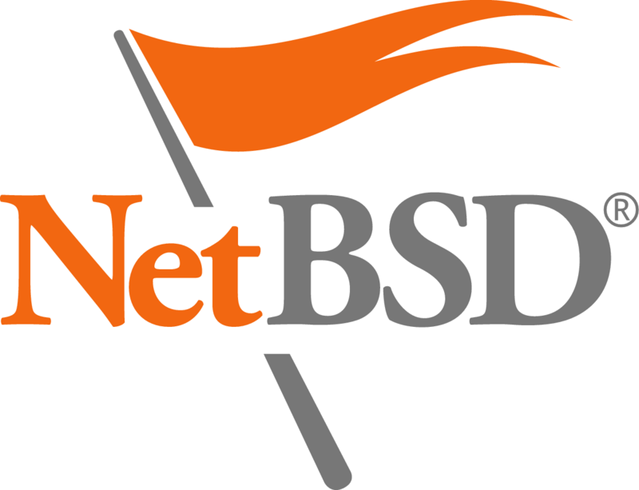 I’m always unhappy with Linux memory requirement for old and small memory PC. I have an Intel Pentium 133 MHz, with 64 MB RAM. Installing minimal Debian Linux, without any other application will eat up as much as 50 MB of RAM, leaving only about 14 MB for application. On percentage basis, Linux took about 78% of system memory.
I’m always unhappy with Linux memory requirement for old and small memory PC. I have an Intel Pentium 133 MHz, with 64 MB RAM. Installing minimal Debian Linux, without any other application will eat up as much as 50 MB of RAM, leaving only about 14 MB for application. On percentage basis, Linux took about 78% of system memory.Few people that I have asked about this issue, advise me to recompile the kernel, and remove any unnecessary thing that is available in the kernel. Well, being lazy, I want an OS that when installed out-of-the-box, will use small enough memory, while leaving a lot more for application.
I have heard about NetBSD for a long time, since I started using Linux in 2001. But, I don't have the courage to use it; maybe because when I first use Linux, I thought Linux is hard enough. BSD-based OS must be harder. But sometimes, necessity can be a good motivator for you to try something new.
In this part zero, I will explain the preparation that I have done to install NetBSD on the machine. Because the machine already got Debian Sarge, I don't want to format it because I think it might come handy later. So, I bought a used 2GB hard disk drive, just for this exercise. It's not that expensive, only RM 16

Because the PC can be considered a dinosaur, it can only boot from floppy and hard disk. There is no way to boot from CD. So, to get the floppy boot image, I browsed to http://ftp.netbsd.org/pub/NetBSD/NetBSD-3.1/i386/installation/floppy/ and then downloading boot1.fs and boot2.fs using IE. (My office is using IE, btw
 )
)Then I download WinRawrite from http://www.chrysocome.net/rawwrite to write the image into a couple of floppy disk. The write process complete, but when I tried to boot the floppy, the machine keeps rebooting. Hmm... why this is happening? NetBSD don't like my PC? NetBSD is not good enough?
 (scratching my head)
(scratching my head)Reading again the installation document, they already mentioned that the image must be downloaded in “binary” format. Downloading using web browser will result in the image downloaded as “ascii” format. They advised to download the image using FTP client, and setting the client to download in binary format.
This time, the Debian installation really comes handy. I plug again the Debian hard disk; reboot the computer, and FTP into NetBSD ftp site. Download the image using binary format, then write the image into floppy disk. I write the image using dd command available in Debian.
dd if=boot1.fs of=/dev/fd0
dd if=boot2.fs of=/dev/fd0
I re-plug the blank hard disk, then boot the computer with the NetBSD boot floppy, and few minutes later, NetBSD installation menu comes up on the screen. Wee… I manage to boot NetBSD

On next part of the journey, I will show what option I select during the installation, and how it progress after that. Till next time.